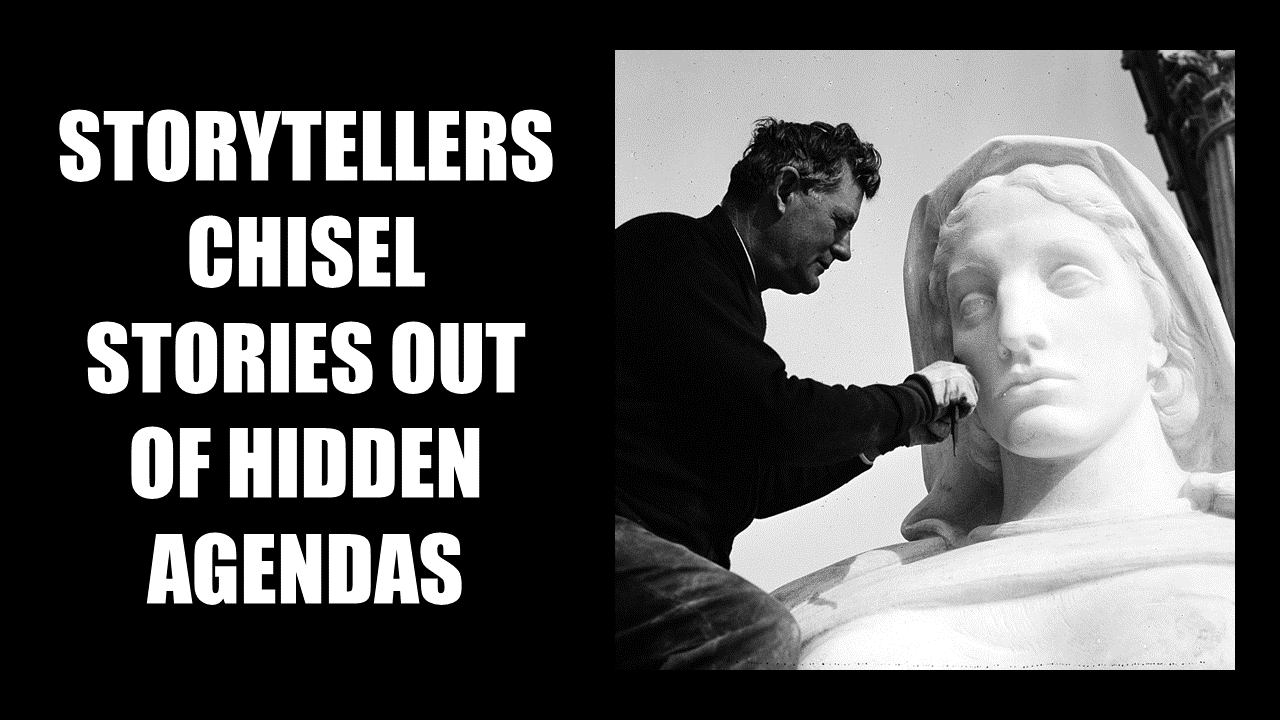
A story is the result of people pursuing what they want.
Story possibilities are infinite because people want different things for vastly different reasons. Add the fact that most people rarely express what they actually want and we open up even more possibilities.
For example, let’s take two people in the midst of a negotiation. One wants to buy and the other wants to sell. Each party has two motivations: an external one (expressed) and an internal one (hidden). Storytellers delight in the combination and permutation opportunities of two people with four competing motivations.
Let’s get more specific about this negotiation.
Mitch and Jill must sell their midwest home because Jill has accepted a new job in Silicon Valley. While her new position comes with a significant raise, most of it will be eaten up by the Silicon-Valley-sized mortgage. Therefore, the more they can get for the house, the less they’ll need to pay on their new mortgage.
Jay, a lifelong renter, has finally saved enough to buy his first house. He’s decided not to renew his lease, so he must move out of his apartment by the end of the month. But, he’s in no rush. He can stay at his parents home while they’re wintering in Florida. Since he has no appliances, it’s important that they be included in the price of the house.
Can you see the multiple storyline possibilities of such a negotiation? The question is how to find which lines to chisel along.
- Tell it from Jay’s perspective and he and the reader can only know his motivations.
- Tell it from Mitch & Jill’s perspective and we can only know theirs.
- Tell it as the third-person omniscient (big word for a narrator who knows everything) and we have the ultimate control over Who Knows What (SHPD Card #43).
Storytellers love hidden agendas because they form the chalk lines on story stones. Simply chisel along those lines and an interesting story emerges.
The best stories are driven by mismatches between internal and external motivations. What are some of the hidden agendas within your industry? Perhaps they can be overlaid on your next story stone.
Photo Credit: Harris & Ewing, photographer. Wash. D.C. Chiseling on justice. Gino A. Ratti, carver, puts the finishing touches on “Contemplation of Justice,” installed at the entrance of the new U.S. Supreme Court building. J.E. Frasier is the sculptor. 11/22. Washington D.C, 1935. Photograph. Retrieved from the Library of Congress, https://www.loc.gov/item/hec2013009662/